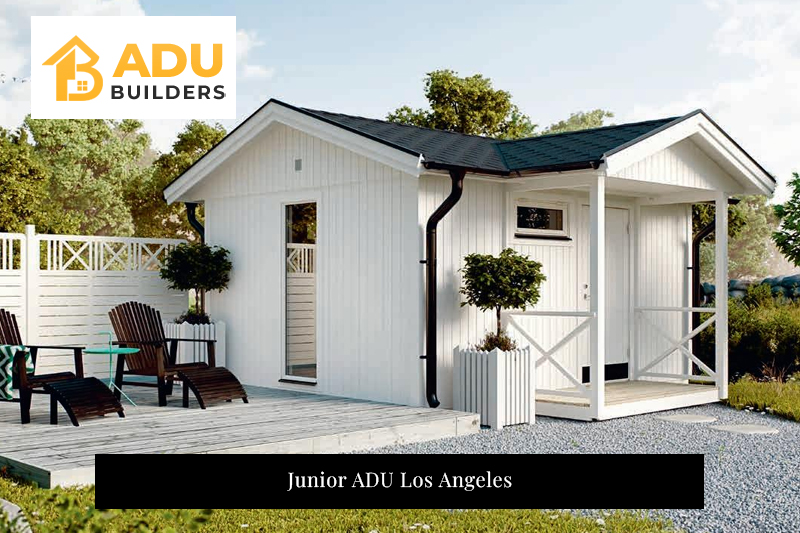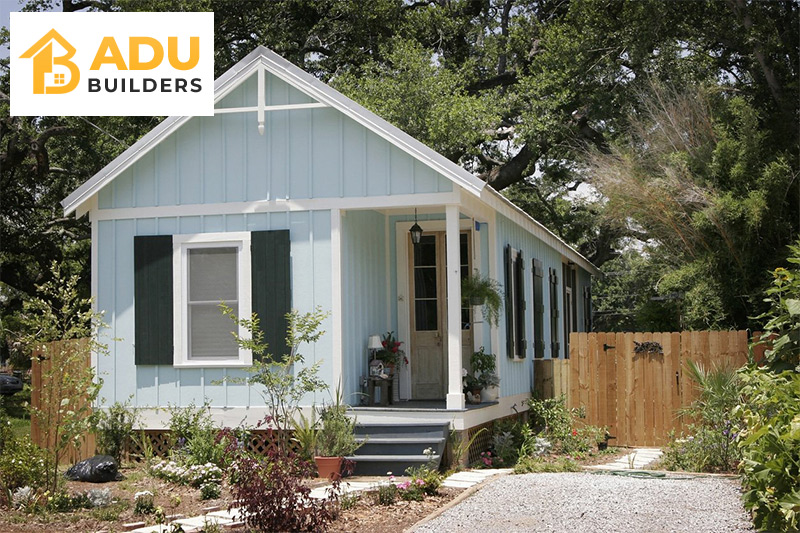Junior ADUs Los Angeles are small, independent living quarters constructed on the same land as single-family homes. Other names for junior ADUs include “in-law apartments”, “granny flats,” or “secondary units.”

They can be detached or attached to the main house and put in a basement, the backyard, or even over a garage. A Junior ADU Los Angeles generally has a smaller footprint than the main house and a separate living area, kitchen, and bathroom.
They are a well-liked housing option for tenants, aged parents, and grown children. In addition, junior ADUs can help homeowners earn more money by generating rental revenue. As a solution to the housing scarcity and affordability issue, they are spreading throughout the metropolitan areas.
However, junior ADUs’ legal status and zoning differ according to the city and state. Therefore, it’s vital to consult your local government before constructing one.
The requirements for Junior ADUs in Los Angeles are as follows:
According to zoning regulations, junior ADUs are only permitted in specific zones, such as R1 and R2. Therefore, you must contact the Los Angeles Department of Building and Safety to secure the necessary permits for construction.

The Americans with Disabilities Act (ADA) and state accessibility laws must be followed by junior ADUs, which means they must have accessible parking places, ramps, and entrances in addition to other accessibility elements as necessary.
Restrictions imposed by homeowners associations (HOAs) and covenants, conditions, and limitations (CCRs):
Junior ADUs must adhere to the California Fire Code and the Los Angeles Fire Code, which includes installing smoke detectors, and fire alarms and providing proper means of exit.
Homeowners insurance is required for junior ADU owners to protect their assets and responsibility. Therefore, it’s crucial to let your insurance provider know if you have a junior ADU on your property to ensure adequate coverage.
|
More space to accommodate your growing family |
The junior ADU creates more living areas and this should allow a growing family to stay together. |
|
A home value enhancement |
By building a JADU, you create some bit of extra dwelling space. This automatically leads to a home value enhancement. |
|
Use as a home office |
The JADU is a multifunctional area and you can use as it you like. You can even use this space as a home office. There could be noise in the main building and you can use this space for official work. |
It’s also crucial to remember that even though the city has made it easier to create a Junior ADU Los Angeles, doing so still necessitates having the building department approve the designs and inspect the project both during and after construction.
Building with the required licenses could avoid fines, penalties, or the ADU’s removal. In addition, getting advice from a certified architect or contractor for construction-related matters is a good idea. Contact Los Angeles ADU Builders Today for more details!
Yes, certainly you are allowed and the regulations in Los Angeles offer the scope to have three residential units within a property.
The JADU should have a sleeping zone & kitchen and general living space. It may or may not have a bathroom. The person residing here can share the bathroom with the main building.
A dedicated cooking zone
Sink
Refrigerator